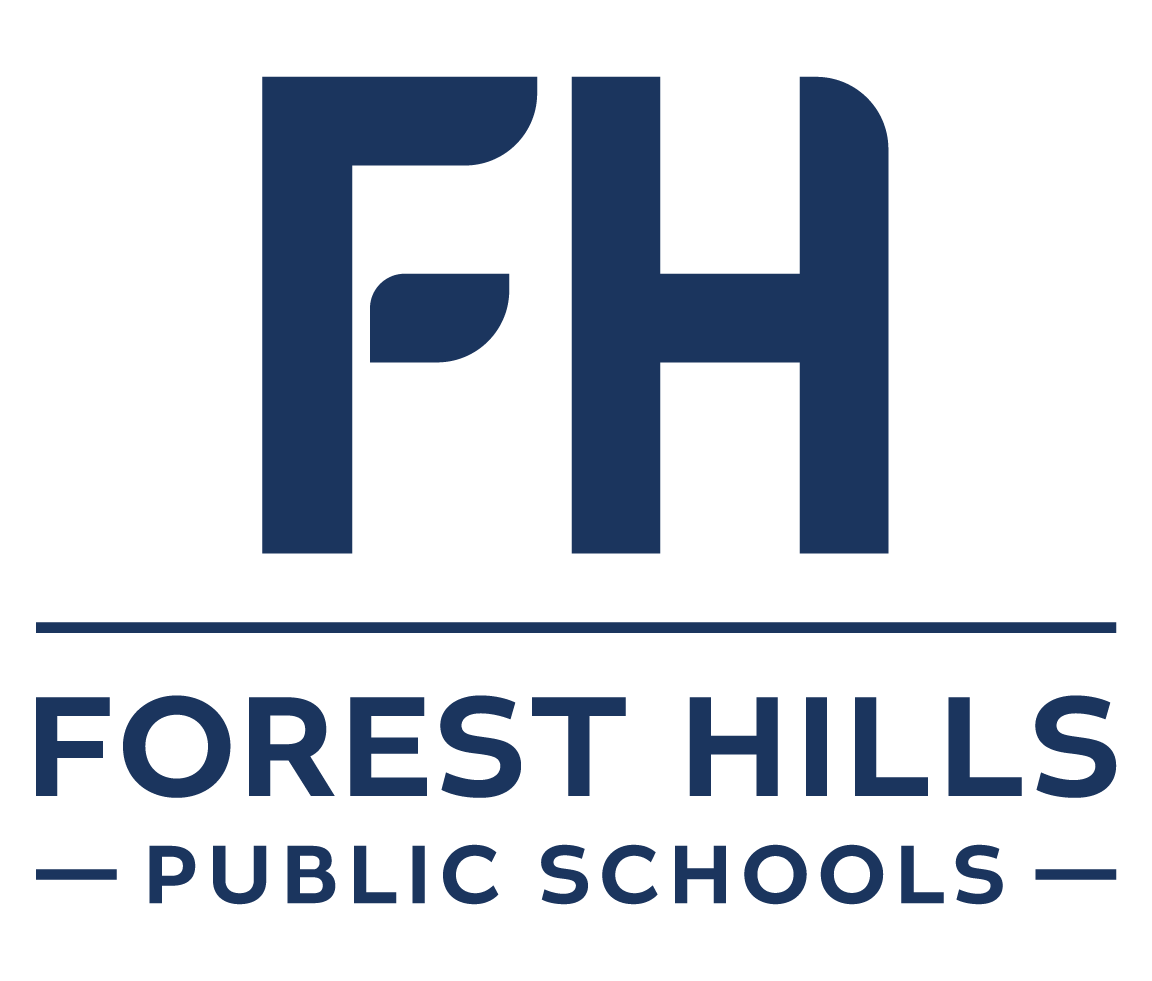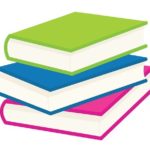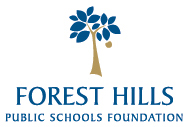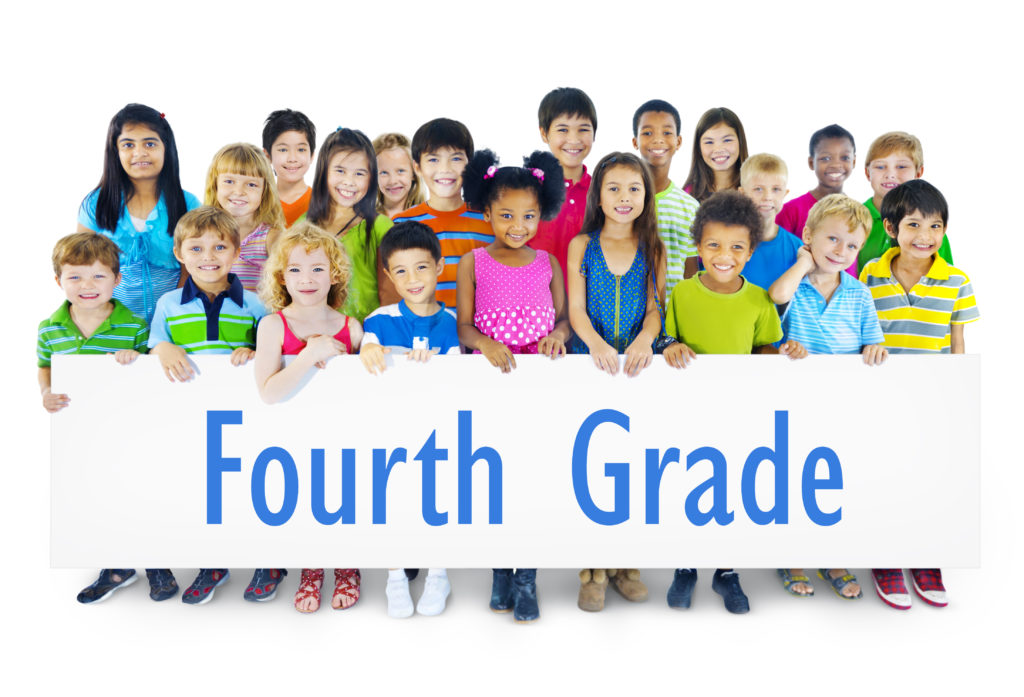
English Language Arts
Fourth graders increase their independence and become active, thoughtful, engaged readers and writers. They read more challenging texts which demand higher-order thinking. Fourth graders become active, efficient problem solvers when encountering unknown words. They deepen their understanding of text structures and how to problem solve challenging vocabulary. Fourth graders develop their ability to identify big ideas in texts and share inferences of their own to build meaning. Students continue to read, write, and discuss fiction and nonfiction texts daily to learn how different sources are crafted to help readers construct meaning about the world. Rich academic conversations help students apply foundational listening and speaking skills to learn how to understand, speak, and use words to communicate and actively engage within and beyond the classroom. Additionally, students’ writing stamina grows, and they become more sophisticated with their words when writing about what they are learning and their personal experiences. Fourth graders deepen their understanding of the qualities of good writing by exploring a variety of structures using the writing process. The ultimate goal of a balanced language arts curriculum is to build skills, independence, and passion to become lifelong readers, writers, and speakers.
Throughout the year teachers use a variety of formal and informal assessments to examine students’ strengths and areas of focus to inform instruction to ensure all students progress toward grade-level expectations.
Fourth graders continue to learn and apply social and emotional skills in a variety of ways to become self-aware, to nurture positive and respectful relationships with their teachers and peers, and to self-advocate. Creating a safe and inclusive community is foundational to a great year of learning for all.
Highlights of Fourth-Grade Language Arts
- Recognizing and describing the basic elements of the story by drawing on specific details in the text.
- Attending to key features of informational texts; comparing and contrasting information; and explaining how the author uses facts, details, and evidence to support particular points.
- Comparing ideas, characters, events, and settings in stories and myths from different cultures.
- Writing about topics using well-organized facts, details, and examples.
- Independently conducting a short research project on different aspects of a topic using evidence from books and other resources.
- Participating in class conversations to understand others, build vocabulary, and communicate thoughts and needs.
- Reporting orally on a topic or telling a story with enough facts and details.
- Writing complete sentences with correct capitalization and spelling.
- Building understanding of relationships between words and nuances in word meanings – synonyms, antonyms, idioms – and using this knowledge to convey ideas precisely.
Visit Michigan K-12 English Language Arts Standards for a complete view of the fourth-grade standards your child will be working toward in English language arts.
 Ideas for Supporting Your Reader/Writer
Ideas for Supporting Your Reader/Writer
- Establish a family reading time.
- As a family, discuss the similarities and differences between the books you are reading.
- Go online to your local library website to view a calendar of fun events (often at no cost for participation).
- Apply for a library card so all family members can check out books on subjects that interest them.
- Show interest in your child’s reading by asking your child about the books he/she is reading.
- Start a family vocabulary box or jar. Have everyone write down new words they discover, add them to the box, and use the words in conversation.
- Talk about the events of the school day.
- Encourage your child to always carry a book to read in spare moments.
- Encourage your child to write a thank you note or letter to a family member or friend.
- Encourage your child to journal to capture thoughts and daily events in writing or drawings.

Social Studies
Regions of Our Country
Fourth-grade students extend their application of previously learned social studies concepts as they compare their state with the major geographic regions of the United States. Through these comparisons, they deepen their understanding of how events, geography, and economy can influence people and places. Using examples from Michigan’s past, they learn about Michigan’s role in the development of the country, and the role played by other U.S. states and regions. They are given practice in making decisions and in taking action aimed at solving problems facing the people of Michigan.
Visit the Michigan Social Studies Academic Standards for a complete view of the grade standards your child will be working toward in social studies. This curriculum is also aligned with the College, Career & Civic Life Framework for Social Studies State Standards.
 Ideas for Supporting Your Social Scientist
Ideas for Supporting Your Social Scientist
- Read books about interesting places, people, and events in history.
- Seek opportunities to volunteer for a local organization.
- Discover Michigan together. Bring history alive by visiting historic homes, sites, local museums, and cemeteries.
- Visit local museum websites to learn about family opportunities and the monthly events in the Grand Rapids metro area.
- Discuss your family stories and history. Encourage your child to ask relatives questions about their lives. Put the information together in an album or brainstorm different ways to tell family tales, such as poems or short stories.
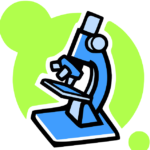
Science
Fourth graders are curious about the world and how it works. Throughout the year, students engage in science learning experiences to connect their thinking, make observations, formulate new ideas, and make sense of the natural world and how it works. Fourth graders learn to apply Science and Engineering Practices to think like scientists.
Highlights of Fourth-Grade Science
Fourth-grade students will develop an understanding that energy can be transferred from object to object through collisions, or from place to place by sound, light, heat, and electric currents. They then apply their understanding of energy to design, test, and refine a device that converts energy from one form to another. Fourth graders will use a model of waves to describe patterns of waves in terms of amplitude and wavelength, and that waves can cause objects to move. They develop an understanding of the effects of weathering or the rate of erosion by water, ice, wind, or vegetation. Students will apply their knowledge of natural Earth processes to generate and compare multiple solutions to reduce the impacts of such processes on humans. By developing a model, they describe that an object can be seen when light reflected from its surface enters the eye and use evidence to construct an explanation of the relationship between the speed of an object and the energy of that object. During fourth grade, students will develop an understanding that plants and animals have internal and external structures that function to support survival, growth, behavior, and reproduction. They also learn about food chains and food webs as well as how fossils provide evidence that life forms have changed over time and were influenced by changes in environmental conditions.
FHPS focuses on instruction and learning of the Michigan Science Standards. Click on the link to view the fourth-grade standards your child will be working toward in science.
 Ideas for Supporting Your Scientist
Ideas for Supporting Your Scientist
- Talk with your child to listen and learn what they are curious about.
- Science in the kitchen: Follow recipes and observe what happens as ingredients are added.
- Science in the backyard or park: Notice what your senses observe. Discuss the types of birds, animals, and insects that you observe.
- Visit local museum websites to learn about family opportunities and the monthly events in the Grand Rapids metro area and beyond.
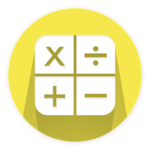
Mathematics
Fourth graders build off of their previous experiences and deepen their mathematical skills while applying the practices mathematicians use. They…
- Make sense of problems and persevere in solving them.
- Reason abstractly and quantitatively.
- Construct viable arguments and critique the reasoning of others.
- Model with mathematics.
- Use appropriate tools strategically.
- Attend to precision.
- Look for and make use of structure.
- Look for and express regularity in repeated reasoning.
Fourth-grade mathematicians are encouraged to be creative problem solvers and flexible thinkers. They work through challenging problems in small groups and on their own, developing independence and persistence. They develop their fluency skills by playing with numbers that allow them to think flexibly with methods and strategies to solve problems efficiently and accurately.
Highlights of Fourth-Grade Mathematics
Operations and Algebraic Thinking
- Use the four operations with whole numbers to solve problems.
- Gain familiarity with factors and multiples.
- Generate and analyze patterns.
Number and Operations in Base 10
- Generalize place value understanding for multi-digit whole numbers.
- Use place value understanding and properties of operations to perform multi-digit arithmetic.
Number and Operations—Fractions
- Extend understanding of fraction equivalence and ordering.
- Build fractions from unit fractions by applying and extending previous understandings of operations on whole numbers.
- Understand decimal notation for fractions, and compare decimal fractions.
Measurement and Data
- Solve problems involving measurement and conversion of measurements from a larger unit to a smaller unit.
- Represent and interpret data.
- Geometric measurement: understand concepts of angle and measure angles.
Geometry
- Draw and identify lines and angles, and classify shapes by properties of their lines and angles.
Visit the Michigan Mathematics Academic Standards for a complete view of the fourth-grade standards your child will be working toward in math.
 Ideas for Supporting Your Mathematician
Ideas for Supporting Your Mathematician
- Look for numbers in the world and round them.
- Create and solve multistep number stories.
- Double and triple recipes when cooking or baking. Discuss how amounts change.
- Collect and display data with fractional units.
- Identify real-world examples of angles (acute, right, obtuse) and lines (parallel and perpendicular).
- Look for symmetric objects in the real world and identify their line(s) of symmetry.
- Family Letters: Visit this site for an overview of the mathematical learning at school.
- Explore Bedtime Math app.
- Visit the Standards for Mathematical Practice for Parents.
